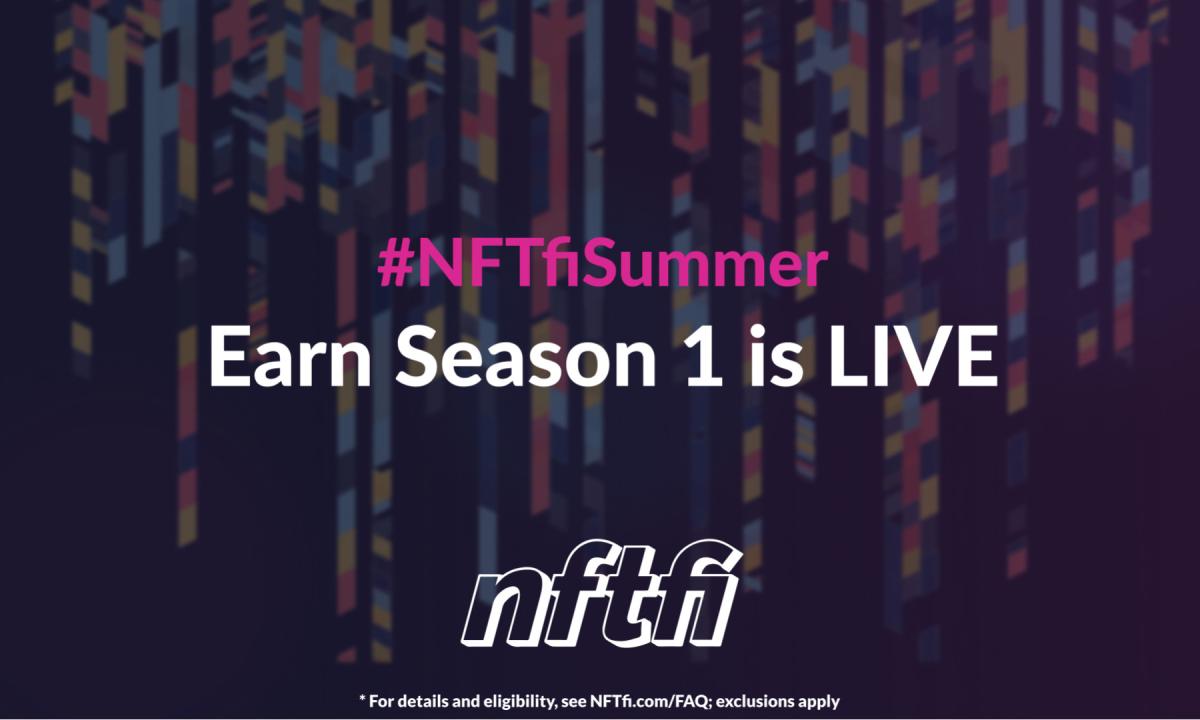What is the NFT hype about?


Non-fungible tokens (NFTs) are apparently on everyone’s lips these days. You are encouraged to have an opinion about them, whether you think they are nothing more than a toy for the ultra-rich or present meaningful utility for industries such as events, retail and hospitality.
The first known NFT was created in 2014, but the market did not explode until 2021 when it was sold for 17.6 billion dollars. This was 21,000 times higher than 2020’s total $ 82 million. Despite becoming a more mainstream concept, NFTs are far from universally understood – or welcome.
So, what is an NFT?
An NFT is a unit of data stored on a blockchain. NFT is used to represent ownership of a digital asset such as an image, audio, tweet, meme or video. What is important to remember is that NFTs are not in themselves the digital assets, but are instead a certificate of ownership of the asset. If you think of them as a smart contract, you’re basically there.
The ‘non-fungible’ bit means that it is unique or non-replaceable, and it is from this unique property that NFTs get a lot of value. You can not divide it into smaller parts that you can do with bitcoin. Cryptocurrencies are interchangeable digital assets.
What is the NFT hype about?
There is a lot of publicity around NFTs, often conveyed by cryptobros on social media. Celebrities and influencers publish their latest NFT purchases and encourage the hype surrounding certain NFT collections, and in turn increase NFT’s value and, in a self-perpetuating cycle, generate further NFT hype. Twitter even allows users to set NFTs as a profile icon. Meta recently announced that Instagram will also host NFTs on its platform.
How can companies use NFTs?
Although NFTs can be considered a form of social currency, they have other potential uses around ownership history and certification. The ownership history of an NFT can be traced because it is usually stored in a public-facing general ledger.
NFTs can also be transferred from one owner to another, so they can be an ideal medium for event tickets or restaurant reservations. Issuance of tickets as NFTs can prevent counterfeiting. In addition, smart contracts can be written into NFT to take advantage of the traceable ownership history. Automated royalty payments can be set up for original sellers and creators so that they can profit from future resale.
However, event tickets are not the first thing you think of when someone says “NFT”. Although NFT tickets are already sold, this use case is embryonic and not yet widespread. More evident is the use of NFTs to build social ecosystems to maintain brand engagement. Since NFT developers have control over the lack of NFTs, they can limit the number for a higher level of exclusivity.
Brands, especially in retail, sell NFTs in droves, giving owners access to exclusive clubs and benefits. In December 2021, Adidas released NFTs that gave owners access to special physical goods and digital experiences. Boohoo launched an NFT collection that gives customers access to an exclusive Boohoo community and benefits including airline coupons.
The fashion store Roksanda debuted an NFT collection at London Fashion Week in early 2022. Mainly a collection of NFTs of elaborate designer outfits, it demonstrated the appeal of NFTs for fashion designers. Their creative visions can be unleashed unhindered by physical barriers such as gravity or impracticality.
Clothing NFTs can also be sold to represent ownership of a digital outfit to dress a metavers avatar. In the virtual world where users share simulated scenarios and interact in real time, NFTs can also represent other assets that users want in the metaverse, including cars and furniture.
Are these risky assets regulated?
NFT values, just like valuations of cryptocurrencies, are notoriously volatile. This has given the assets a bad name.
Regulators are increasingly working to make the emerging market less risky. China already regulates its secondary NFT market and has made it difficult to trade with them. While the value of NFTs in the West usually lies in the resale potential, NFTs in China are more often proud of the consumer as a sign of brand loyalty.
How governments chose to navigate the crypto landscape can provide clues to NFT’s fate, as both are digital assets that use blockchain technology. Crypto-regulation is becoming more mainstream globally – for example, the UK is looking to become a “crypto-hub” and will support this with regulation that reduces the damage of crypto volatility. Singapore also uses regulation to create a more secure ecosystem for cryptocurrencies to thrive, and Dubai regulates cryptocurrencies and grants licenses to operate them.
So, what is the bottom line of NFTs?
NFTs have gained a lot of traction in recent years, and although their many uses have not been fully explored yet, their role as a form of social currency has already made headlines. Brands that can navigate the volatility of this market may be able to use NFTs to engage with the demographics that do the most to spread the hype – young, rich and influential consumers.

























